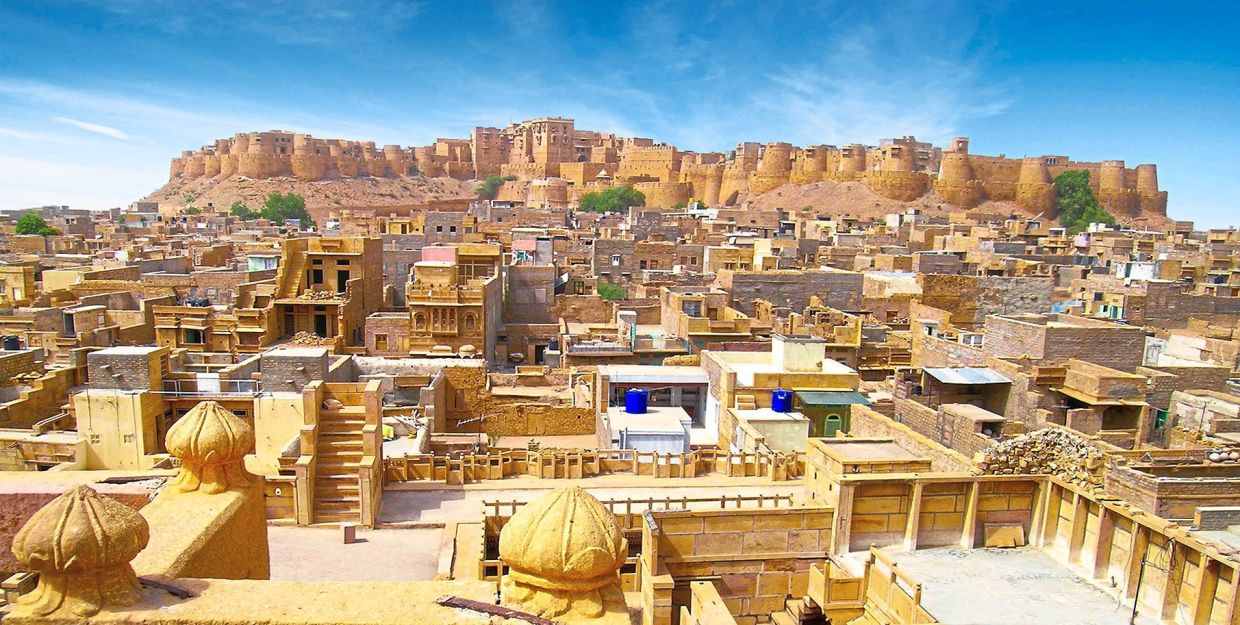Along with five other ridgetop forts in the Indian state of Rajasthan, Jaisalmer forms the Hill Forts of Rajasthan, a Unesco World Heritage Site. These spectacular locations include majestic forts situated in Chittorgarh, Jaipur, Jhalawar, Kumbhalgarh and Sawai Madhopur that are indicative of just how powerful the Rajput states once were when they reigned supreme from the 8th to the 18th centuries. The Rajput (from Sanskrit raja-putra or “son of a king”), are some 12 million landowners located in central and northern India.
They are especially numerous in the historic region of Rajputana, which also includes parts of present-day eastern Pakistan. These defensive fort walls protected settlements that included palaces, bazaars, temples, residential homes, and places where artisans plied their trades. Over time, they also became places of learning with their rulers being patrons of music, literature, arts and culture.

Most of the forts developed around natural features such as desert dunes, hills, rocky outcrops, rivers and forests as part of their defensive infrastructure. In the parched Rajasthani landscape, water harvesting and storage were important for the settlement’s survival, and these features have withstood the pressures of time and are still intact. Elaborate fortifications, like those in Jaisalmer, were built to not only protect garrisons of soldiers but also the palatial buildings, temples, markets and other urban infrastructure within.
Fort Kotri Para standin.
















